The Elegance and Functionality of Glass Handrails.
 Feb 13,2025
Feb 13,2025

 HDSAFE
HDSAFE
Glass handrails have become a popular choice in modern architecture and interior design, offering a perfect blend of elegance, functionality, and safety. Whether in residential homes, commercial buildings, or public spaces, glass handrails provide a sleek and contemporary aesthetic while ensuring structural stability and safety. This article explores the key features, benefits, and applications of glass handrails.
One of the most striking features of glass handrails is their ability to create a sense of openness and transparency. Unlike traditional materials such as wood or metal, glass allows light to pass through, making spaces appear larger and more inviting. This is particularly beneficial in areas with limited natural light, as glass handrails do not obstruct the flow of light or views. The minimalist design of glass handrails complements various architectural styles, from ultra-modern to classic, making them a versatile choice for designers and homeowners alike. Glass handrails are not just about looks; they are also highly durable and safe. Tempered or laminated glass is typically used in handrail construction, making it resistant to impact and breakage. In the rare event that the glass does break, it shatters into small, blunt pieces rather than sharp shards, reducing the risk of injury. Additionally, glass handrails are often paired with sturdy metal or wooden frames, ensuring stability and compliance with safety regulations.1. Aesthetic Appeal
2. Durability and Safety

3. Low Maintenance
Another advantage of glass handrails is their ease of maintenance. Unlike wood, which requires regular staining or painting, or metal, which may rust over time, glass is relatively low-maintenance. A simple wipe with a glass cleaner is usually sufficient to keep it looking pristine. This makes glass handrails an ideal choice for high-traffic areas or outdoor spaces where exposure to the elements can be a concern.
4. Versatility in Design
Glass handrails offer endless design possibilities. They can be customized to fit various shapes, sizes, and configurations, making them suitable for staircases, balconies, terraces, and even pool areas. Frosted or tinted glass can be used for added privacy, while clear glass maintains an unobstructed view. The combination of glass with other materials, such as stainless steel or wood, allows for unique and personalized designs that cater to specific aesthetic preferences.
5. Applications of Glass Handrails
Glass handrails are widely used in both residential and commercial settings. In homes, they are often installed on staircases, balconies, and decks, adding a touch of sophistication to the living space. In commercial buildings, such as offices, hotels, and shopping malls, glass handrails contribute to a modern and professional atmosphere. Public spaces, such as museums, galleries, and airports, also benefit from the use of glass handrails, as they provide safety without compromising the visual appeal of the environment.
6. Environmental Considerations
For those concerned about sustainability, glass handrails can be an eco-friendly option. Glass is a recyclable material, and many manufacturers use recycled glass in their products. Additionally, the longevity and durability of glass handrails mean that they do not need to be replaced frequently, reducing waste over time.
Conclusion
Glass handrails are a perfect marriage of form and function, offering a modern, elegant solution for safety and design. Their transparency, durability, and low maintenance make them a practical choice for a wide range of applications. Whether you are looking to enhance the aesthetic of your home or create a sleek, professional environment in a commercial space, glass handrails are a versatile and stylish option that will stand the test of time.
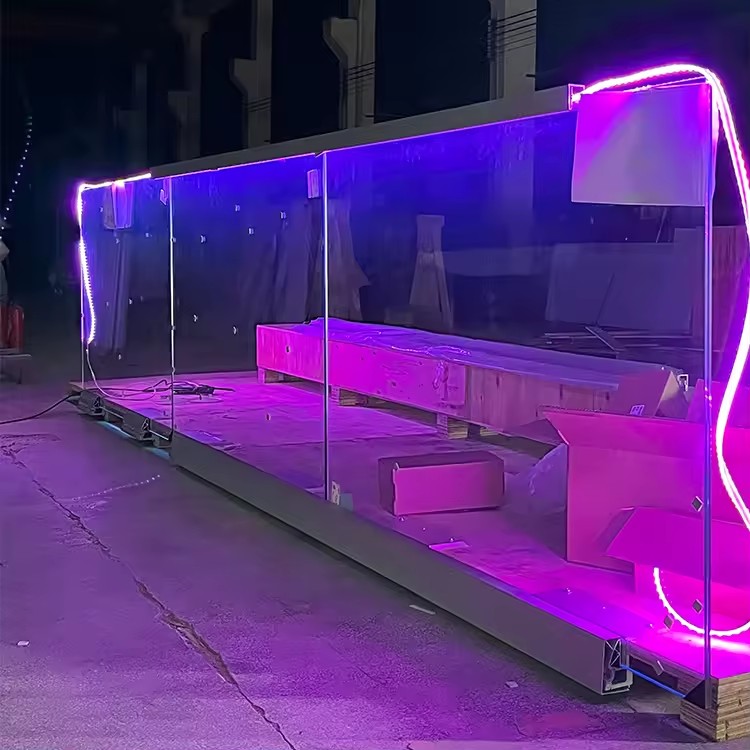
 Widest range
Widest range +8613925916091
+8613925916091  chenrui.sh@163.net
chenrui.sh@163.net
 Home
Home The Advantages of Glass Handrails
The Advantages of Glass Handrails  You May Also Like
You May Also Like



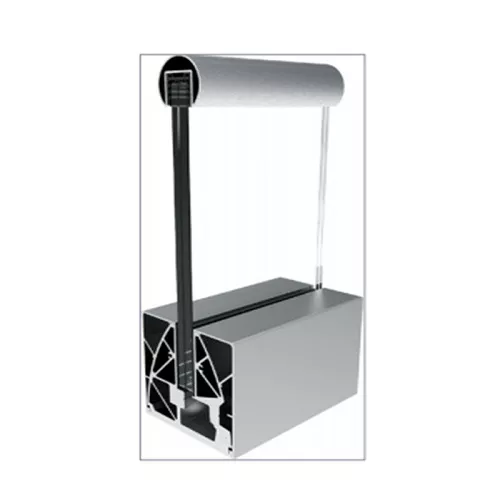
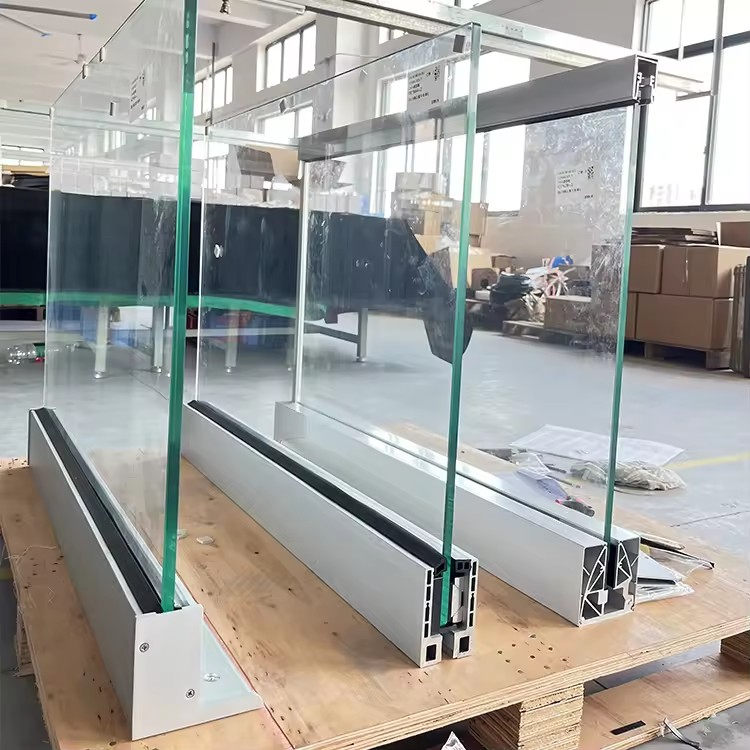
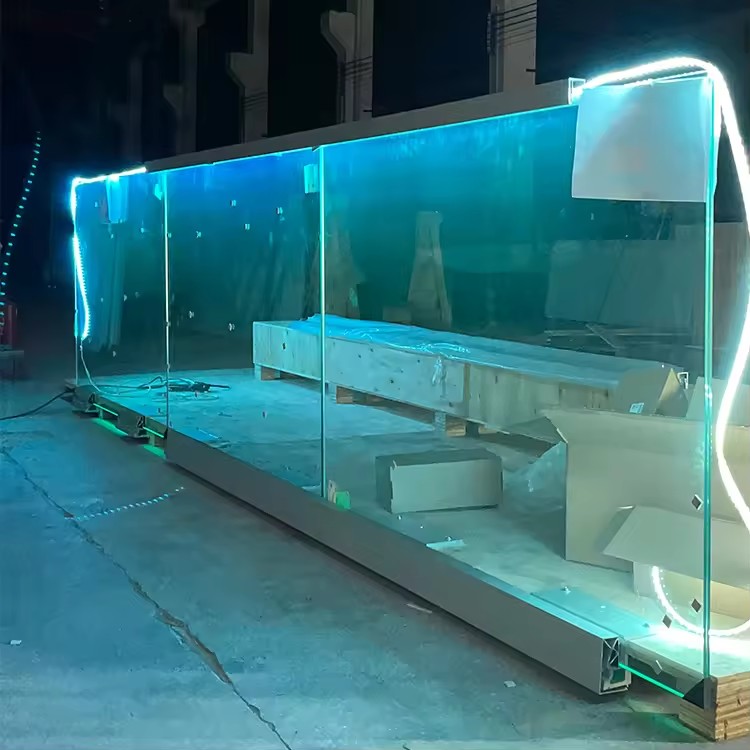
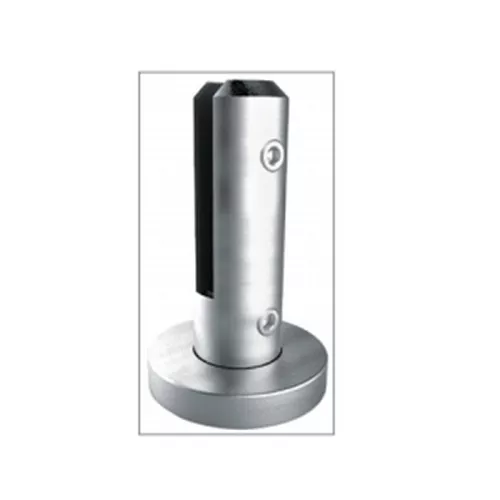
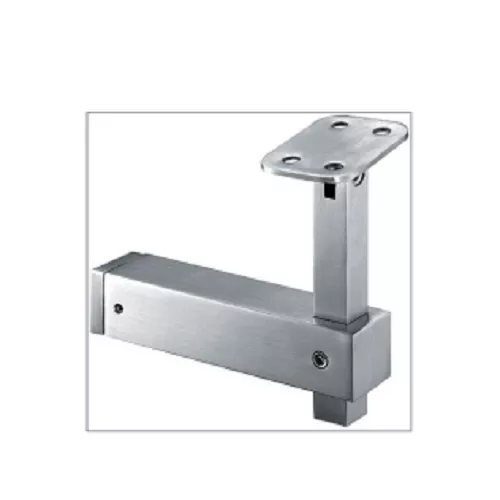

 Tel
Tel
 Email
Email
 Address
Address












